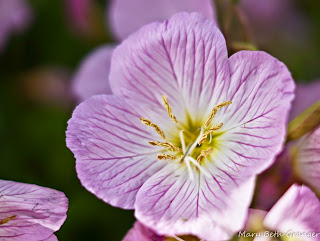Garden photography can be a very rewarding hobby and one that can be practiced in your own backyard or in many public gardens. I decided that it was time for me hone my skills in photography so I signed up for a 5 week course in Garden Photography. This class is held at Missouri Botanical Garden during the month of May, so in addition to learning some new photography skills, I got to spend a lot of time at one of my favorite public gardens.
Missouri Botanical Garden was founded in 1859 and is the nations oldest continuously operating garden. I feel fortunate that this beautiful garden is only 45 minutes from my home.
Garden Photography Class
Class One
The first photography class covered a review of the basics including use of aperture, shutter speed and ISO. The instructor spent a good amount of time talking about composition and gave us lots of tips that he found helpful in his photography. Here are a few of the tips that I found particularly useful.
- Take the safe shot first and then fine tune.
- Slow down...take your time (this is one area where I need to listen).
- Find a subject that you want to photograph and then keep fine tuning to find the best shot.
- Get eye level with what you are photographing
- The higher the number of the f-stop (aperture) the smaller the opening and more of the photograph is in focus.
- Try using the Aperture mode on the camera where I set the f-stop and the shutter speed is set automatically. This is particularly good for still shots.
- Use a tripod most of the time---buy a good tripod. Use especially for closeups and low light conditions but it is good to use it most of the time. ( I really need to work on this one)
- Turn off camera to change lenses.
- Don't delete in the camera
- Work on getting closer and filling frame with subject.
After some time in the classroom we went out into the garden. The irises were in full bloom so we went to that section to work on our photography. It was a sunny day and there was a wind so it was not the best time to be shooting the irises. The instructor gave us several tips while we were shooting to help us get some good shots in that light. He steered us toward the edges of the beds were there was some shade and we could get some photos without the bright sunlight. He also suggested that when we shot in the sun we should look for brightly colored flowers because the pastels would complete fade out in the bright light.
Here is one of the photos that I took. I know I have a lot to work on, but I felt very good about what I learned in the first session.
Purple and White Iris
Landscape Photography - class 2
Our second class was on landscape photography. It was a overcast day so we also got a lot of tips on photographing on overcast days. We were out in the garden about 30 minutes and it started to rain so we headed back to the classroom. Scott, the instructor is great on turning everything into a learning experience so we then got a lot of good tips for shooting on rainy days.
During the short time we were out in the garden shooting I took the photo of the waterfall above using Scott's formula for making the water look "silky". The photo I shot was using a F18 aperture at 1/8th of a second. Here is the formula:
- Cloudy Day
- ISO100
- Tripod (a must)
- Polarizer filter (I don't have one yet...so I didn't use this)
- Aperture set between F16-F22
Here are some of my favorite tips from the Landscape Class.
- Move things out of center...imagine a grid like a tic-tac-toe and place center of interest at one of the intersections.
- Rarely put horizon line in center of photo (reflections are an exception)
- On dreary day eliminate sky from picture (or minimize it if you can't eliminate)
- Frame your photo...use trees--leaves etc. to frame the picture and draw your eyes into the scene
- Curved lines bring interest to photo
- Avoid bright spots near the edges..they draw you out of picture
- Most images fail because they are too busy and do not have a point of focus
- Use more vertical shots
- Layers give more depth i.e. flowers in foreground, lake, mountain, sky ...use wide angle 17-35 and get close to foreground
- For landscapes focus about 1/3 of the way into the photo and use a F16 aperture.
- Polarizer filter is great for fall shots.
Practicing Photographic Techniques
Class 3
For our third class we spent most of the morning in the garden practicing the techniques we have been learning in class. There were two instructors that went out with us and gave us a lot of personal tutoring. I really enjoyed being able to ask questions as I was photographing. We first went to the Iris garden and worked more on closeup photography. The instructor had some diffusers with him and showed us how they work to bring light into a subject. One of the tips that really hit home with me was to always look at what is in the background even though you are taking a closeup of a certain item. In the case of the irises I saw what a difference it made when I moved just a bit to make sure I had a darker background.
Session 4
In our fourth class we studied both water photography and close up photography.
For the first section we took our cameras and tripods and went into the woodland gardens. There was bright sunlight so in order to understand the effects of aperture and speed on our photos we needed to get out of the bright sunlight. In the woodlands we found a small stream running through the area with many small waterfalls as the water went over the rocks. We took the same scene using various apertures and speeds. Although the lighting was not the best we were able to get a good idea of how the different settings would effect the photo. I am anxious to go out again on a overcast day or in the early morning and take the same photos in a better light.
Garden Photography - class 5
When the last day of class came I was really sad to see it end. I enjoyed the people in the class and I feel that I really learned a lot. The instructor was great and I will definitely take one of his classes again. It turned out to be a very hot and sunny day, not really a good day to photograph. Like all of our classes the instructor used the weather circumstances to give us tips. He talked about the summer not really being the best time to photograph. Early morning and at dusk are the best times all year, but this is particularly true in the summer months. He suggested that you use mid day to work on your photos or to go to museums and view other photographers. There is so much to be learned but viewing the works of others.
Here are some of the tips that I took away from todays session.
- Light will tell you what to photograph and how to photograph.
- Polarizer works well on sunny days.
- Tips to photograph fireworks--bulb setting--ISO 400--Aperture F11-F16 Tripod is a must.
- You need to know the rules..but don't be afraid to go outside the box and break the rules.
- Try to photograph underneath flowers...get on the ground
- Wearing a hat forces you to look down..also great to take off and block sun from lens.
In the last class we visited the Chinese garden to photograph. The instructor took a few minutes with each of us individually and answered any questions we had. I had just gotten a new polarizing filter so he gave me hints on how to best use it. It works best when sun is coming in from the side. It mades skies and clouds pop. It is great for landscapes but not so good for water reflections. After my time with the instructor I was working on photographing a small waterfall. Someone said there was a statue of frog sitting on a rock at the bottom of the falls, but just when I was going to take the shot he jumped off into the water. For a second I was disappointed, but then he came up with a crawdad and I captured the photo above. Not a great shot, but a fun one and we all had a laugh about the "statue" catching the crawdad.
Books on Photography
I pick up a lot of tips from other photographers from reading and looking at books on photography. Here is one on Garden Photography.

Click to view on Amazon
Note: The author may receive a commission from purchases made using links found in this article. “As an Amazon Associate, Ebay (EPN), Esty (Awin), and/or Zazzle Affiliate, I (we) earn from qualifying purchases.”


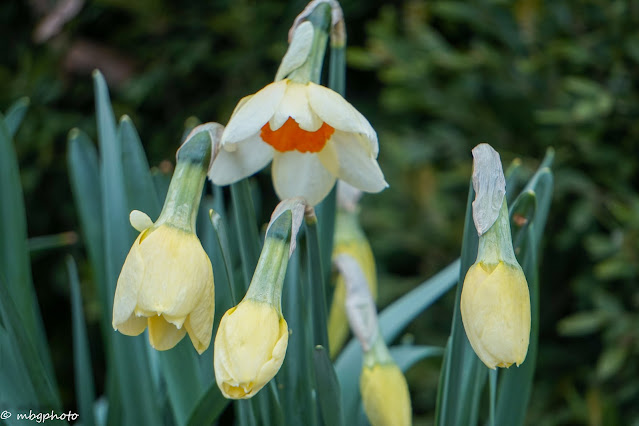
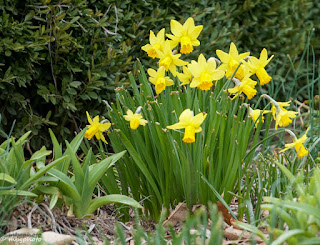





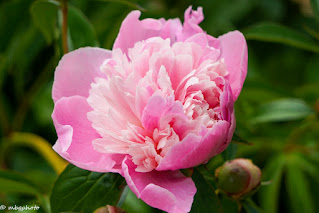







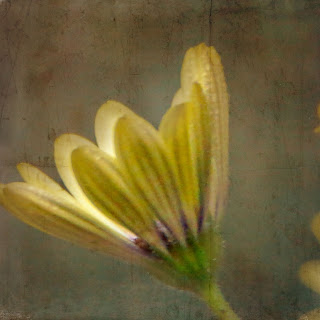

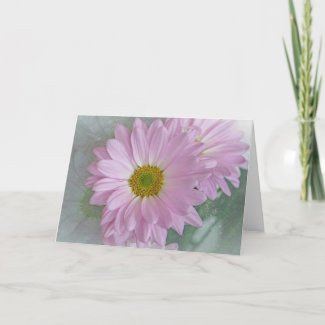
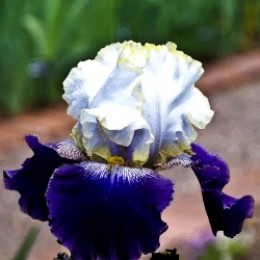
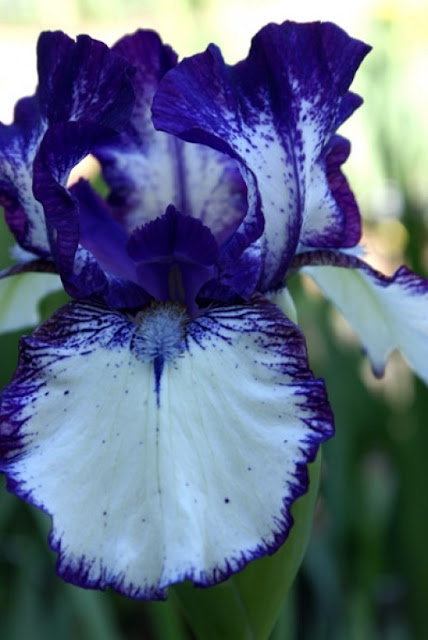



.jpg)

.jpg)
.jpg)
.jpg)

